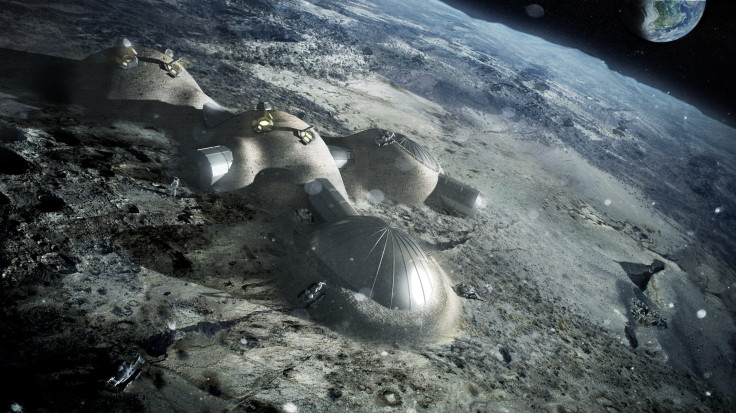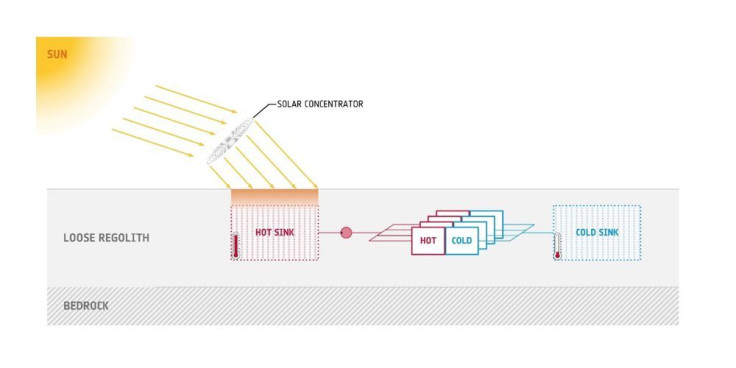Back To The Moon? ESA Scientists Propose Heat Engine Plan To Keep Astronauts Warm During Lunar Nights

Scientists and astronomers have long believed that before mankind can undertake a voyage to Mars, another trip to the moon is imperative. The logic is unquestionable — the moon, with its hostile environment and extremely low gravity, can serve as a testing ground for technology that might one day be used to establish colonies on the red planet.
However, every crewed mission we have so far undertaken to the moon has been short-lived for a reason — our moon is not a very hospitable place. Not only is the surface of our natural satellite continuously bombarded with deadly radiation, it also experiences vast extremes of temperature — from over 250 degrees Fahrenheit when the sunlight hits the surface to below -240 degrees when it’s dark.
Given that both NASA and the European Space Agency (ESA) plan to send astronauts back to the moon (and the latter even has plans to create permanent habitats on its surface), this problem is more than just an academic one.
Scientists associated with ESA’s General Studies Programme have now revealed a concept plan for overcoming a part of the problem — how do we keep astronauts warm during the long lunar nights?
“Up until now, radioactive heat and power sources have been the preferred solution for lunar habitats, but these would multiply the cost and complexity of any expedition,” ESA’s Moritz Fontaine said in a statement released Thursday. “So we’re exploring a more sustainable solution, using the capacity of moondust to absorb and store energy when hit by sunlight, then releasing this energy during the lunar night.”
The heat exchange system would consist of several mirrors that would be used to concentrate solar power, processed lunar soil, a heat engine and heat pipes. During the day, the engine can be run directly from the energy provided by the sun — while simultaneously storing excess heat in the regolith — while at night, the engine would be powered by the release of the stored energy.

“The principle has been worked out in detail,” Fontaine said. “The next step … is to perform numerical and simulation studies to put values on the heat storage and electricity provision the system would enable.”
Once this is done, scientists and engineers associated with the program hope to build a small demonstrator to test and validate the system.
© Copyright IBTimes 2025. All rights reserved.





















